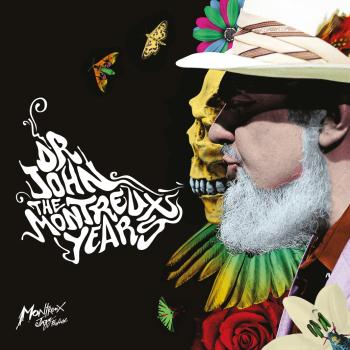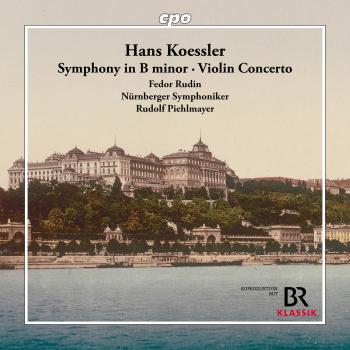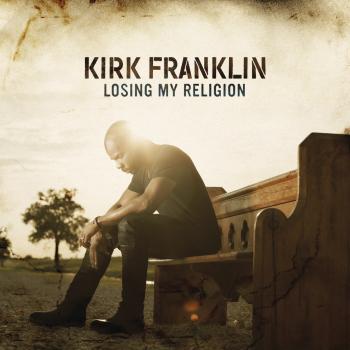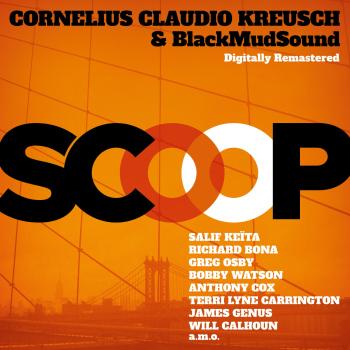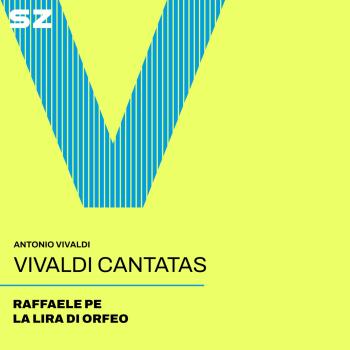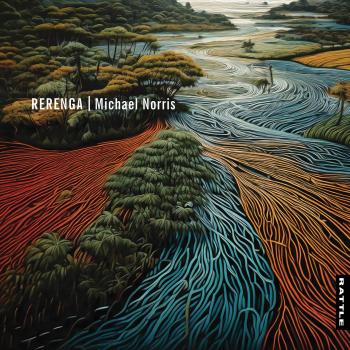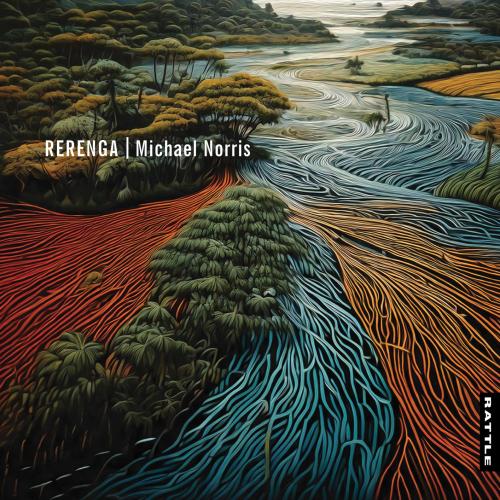
Rerenga Michael Norris
Album info
Album-Release:
2025
HRA-Release:
13.11.2025
Label: Rattle
Genre: Classical
Subgenre: Modern Composition
Artist: Michael Norris
Composer: Michael Norris (1973)
Album including Album cover Booklet (PDF)
- Michael Norris (b. 1973):
- 1 Norris: Rerenga for taonga puoro, electronics and orchestra 11:50
- 2 Norris: Horizon Fields for piano trio 16:35
- 3 Norris: Claro for orchestra 17:18
- 4 Norris: Sygyt for throat singer, live electronics and ensemble 15:01
- 5 Norris: Violin Concerto Sama for violin and orchestra Mvt 1 07:52
- 6 Norris: Violin Concerto Sama for violin and orchestra Mvt 2 06:42
- 7 Norris: Violin Concerto Sama for violin and orchestra Mvt 3 05:53
Info for Rerenga
Composed between 2015 and 2022, this collection of orchestral and ensemble works is unified by a concern for colour and gesture, timbre and texture. It reflects the influence of textural and spectral composition, the modernist impulse to organise and express inherited materials in new ways, and the ascendancy of electronic music. The music reaches outward, distinctively, to a global cultural context, beyond Aotearoa yet rooted here.
These aspects of Michael’s style are woven throughout the title track, Rerenga. Taonga pūoro, orchestra and electronics become soundscapes, redolent of land surfacing in a shimmering sea under a vast sky. Sonority here becomes a musical means to grasp identity, with a violence suggestive of geophysics and a fraught bicultural history. This is music as a palimpsest, its abstraction initiating journeys of imagination, which, like this country’s future, reflect the entanglement of tangata and whenua, Māori and Pākehā.
Such mixes are hard to imagine from any other composer, in Aotearoa or elsewhere, given the creative convergences involved: broad and sensitive cultural awareness, technical and compositional mastery, boldness of imagination and deftness of taste, energised with urgent expression and grounded in community and collaboration.
Captain Cook’s first voyage to the South Pacific was funded by the Royal Society with the intention of expanding the scientific knowledge of the Enlightenment. He observed the transit of Venus, collected and classified flora and fauna, and searched for the fabled Great Southern Continent. Failing to find it, he proceeded to New Zealand where he was instructed to cultivate a friendship with its inhabitants and to observe their ‘Genius, Temper, Disposition and Number’.
The naturalists on board Cook’s ship discovered new species of trees, ferns, epiphytes, gourds and flaxes, as well as animals such as albatrosses, shearwaters, petrels, hawks, penguins, seals and whales. The crew were also fascinated by the mātauranga of the indigenous Māori they encountered—Cook particularly admired their waka-building abilities, agricultural and fishing skills, the intricacies of tā moko, and the myriad forms of harakeke weaving seen in kākahu (cloaks), whāriki (mats), kete (baskets) and tukutuku (panels). The crew also observed and collected a number of taonga puoro, including pūtātara (conch trumpet), nguru and kōauau (flutes).
The indigenous flora and fauna, as well as mātauranga Māori, are represented in this piece through both the taonga puoro and the live electronics. The taonga puoro played in this work are constructed from the unique flora and fauna of New Zealand. They include three kōauau, one made from toroa (albatross) bones, one from moa bone, and one from a hue (gourd); a pūtōrino made from kōwhai; a porotiti made from the vertebra of an ūpokohue (pilot whale); a pūtātara made from native timber and conch; and a pūkāea made from kauri.
The live electronics, based entirely on computer processing of the taonga puoro in real time, create flowing, wavelike sound-textures that suggest both the endless seascapes that accompanied the men on their voyage, as well as the weaving and braiding of the harakeke that so enraptured Cook (rerenga: flowing/ journey). Emerging out of the electronics, delicate orchestral sonorities imitate the wavelike shapes of the electronics, the taonga puoro’s breathy timbres, and build chords based on the naturally occurring overtone series of the instruments. The piece seeks to both celebrate the individual materials and sonorities of both orchestra and taonga puoro, as well as ultimately fuse and meld them to the point where it is no longer clear which is which.
Mātauranga (Rerenga) was commissioned by the New Zealand Symphony Orchestra for their 2019 season, with taonga puoro soloist Alistair Fraser, conducted by Carlos Kalmar.
Alistair Fraser, taonga puoro
Jonny Marks, throat singe
Amalia Hall, violin
New Zealand Symphony Orchestra
Hamish McKeich, conductor
NZTrio:
Amalia Hall, violin
Ashley Brown, cello
Somi Kim, piano
Recording engineered by Graham Kennedy
Produced by David McCaw
Michael Norris
(b. 1973) is a Wellington-based composer, software programmer and music theorist. He holds composition degrees from Victoria University of Wellington and City University, London, and is currently Programme Leader, Composition at Te Kōkī New Zealand School of Music, Victoria University of Wellington. He is recipient of the 2001 Mozart Fellowship, the 2003 Douglas Lilburn Prize, the 2012 CANZ Trust Fund Award and has been nominated for the SOUNZ Contemporary Award five times, winning it in 2014 with his work Inner Phases for string quartet and Chinese instrument ensemble, and again in 2018 for his work Sygyt for throatsinger, ensemble and live electronics.
He has participated in composition courses featuring leading composers such as Peter Eötvös, Alvin Lucier, Christian Wolff and Kaija Saariaho, and has had performances from the New Zealand Symphony Orchestra, Roberto Fabbriciani, Michael Houstoun, the New Zealand String Quartet, NZTrio, Richard Haynes, the Viennese Saxophonic Orchestra, Ensemble Offspring, Stroma, the Israel Contemporary Players and the Ensemble Pierrot Lunaire Wien.
In 2010, he was commissioned by the SWR (Sudwestdeutsche Rundfunk) to write a new chamber orchestra work, Sgraffito, which was premiered at the Donaueschinger Musiktage 2010 by the Radio Chamber Orchestra Hilversum, conducted by Peter Eötvös. Die Zeit reviewed Sgraffito as one of the highlights of the festival.
Michael is also co-founder and co-director of Stroma New Music Ensemble, and has collaborated with a number of other artists including Daniel Belton and Ashley Brown. He is coordinator of the Creative New Zealand/Jack C. Richards Composer-in-Residence at the NZSM, and serves on the boards of the Lilburn Residence Trust and Stroma New Music Trust. He is currently an Executive Committee Member of the Asian Composers League, and is the Editor of Wai-te-ata Music Press.
Michael's programming work is also renowned. His 'SoundMagic Spectral' suite of real-time FFT-based audio effects have been used extensively in both industry and academia worldwide, and by artists such as Aphex Twin and Brian Eno.
Booklet for Rerenga

